Three Mile Beach is situated in the west of Cornwall, a wild and wonderful part of the county bursting with beauty and brilliant birdlife writes local naturalist and photographer, David Chapman. Here he explores the bird watching potential of nearby Hayle Estuary.
The Hayle Estuary is one of only two nature reserves in Cornwall that are owned by the Royal Society for the Protection of Birds (RSPB). Being the most westerly estuary in England its significance as a refuge for migratory wading birds and wildfowl cannot be overstated and it is also home to some of our most dazzling birds such as the kingfisher.
Before taking a closer look at the birds that might be seen I feel it makes sense to look at the logistics of a visit because the Hayle Estuary is quite a complex place consisting of three fairly distinct starting points.
From your base at Three Mile Beach it is a very pleasant walk along the dunes on the South West Coast Path into Hayle, a distance of about four miles, but to walk there and back as well as walking around each part of the estuary will probably be about twelve miles in total so you might prefer to take the car or bicycle.
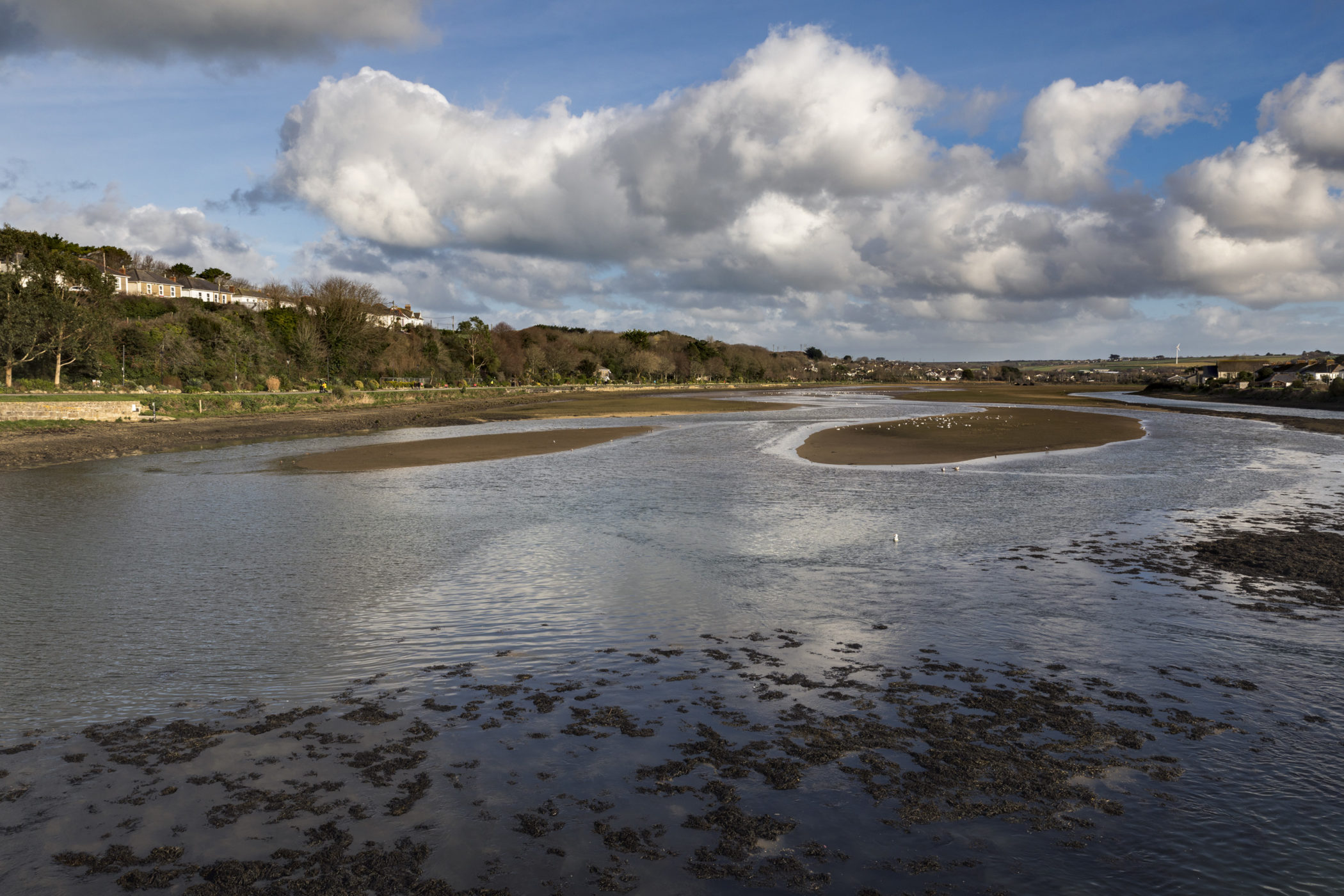
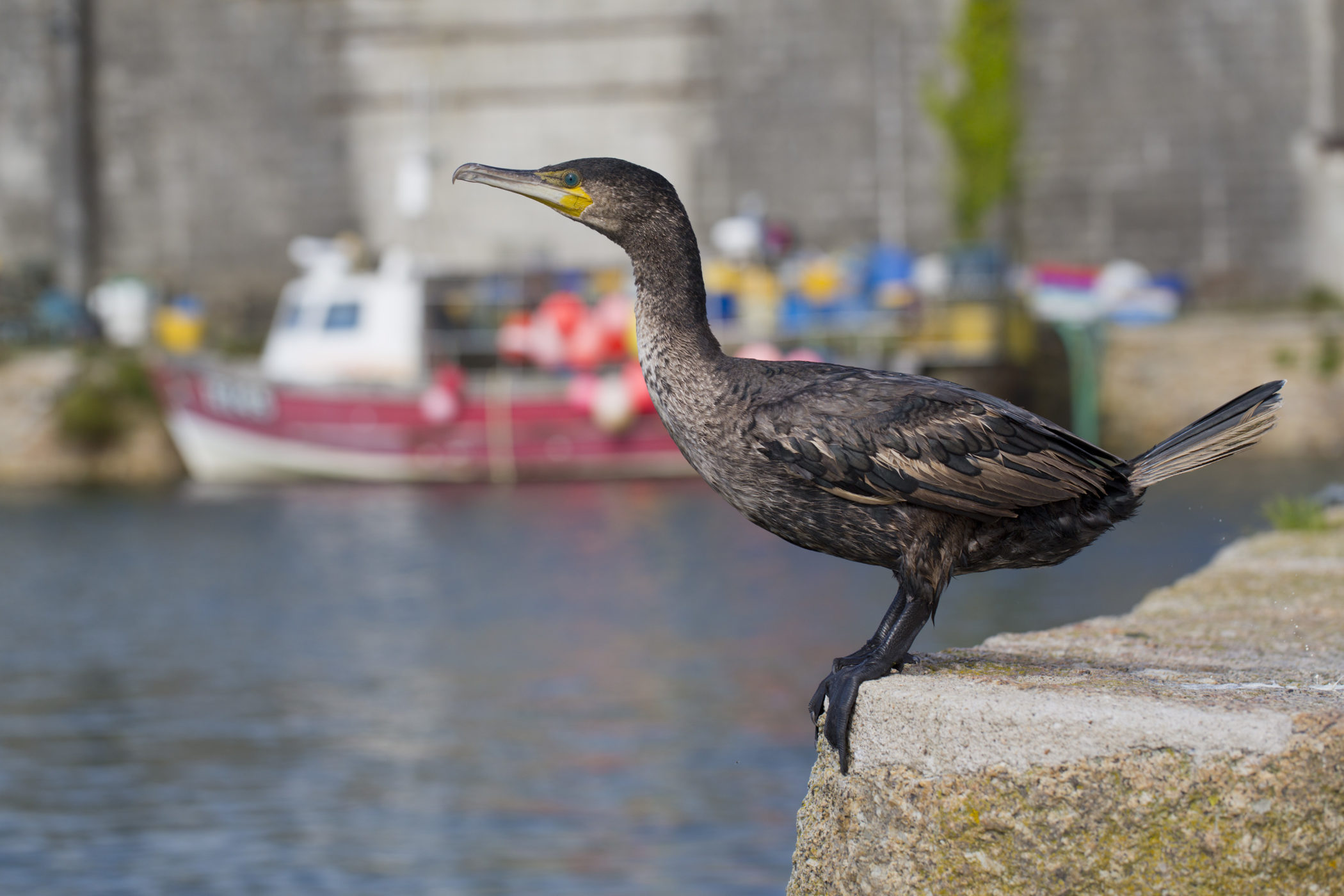
The three places you should aim to visit are:
- Copperhouse Creek for which you can park at the swimming pool car park (free). On entering Hayle take the right turning opposite the second fuel station, over the bridge towards North Quay and then turn right. Explore this area by walking along the minor road and path along King George V memorial walk as far as the Black Bridge.
- Carnsew Pool, for which you can park in Asda car park for up to three hours (free). Carnsew Pool is to the left of the road leading from the traffic lights to the car park and there is a footpath all the way around its edge.
- The RSPB reserve at Ryan’s Field, near The Causeway (free). Take the road straight on at Asda traffic lights and take the first left turning signed to St Erth, turn right onto a track just before going under the railway bridge and park at the end of this bumpy track. Near the parking area there is a hide overlooking Ryan’s Field and you can also walk along the River Hayle to The Causeway, cross this main road carefully to view the estuary. Note: there is information on recent bird sightings in the hide.
Timing is all important and it is the state of the tide that you need to consider most carefully. Generally watching birds on estuaries is best when the tide is rising because the birds will be pushed closer to the edge of the estuary as the water encroaches over the mud and this gives you much better views. But when the tide is very high the birds will be forced off the estuary completely.
So here’s a plan. Copperhouse Creek isn’t very wide, it can be watched at any state of the tide so aim to get there maybe four hours before high tide. Then move on to Carnsew Pool, this is a tidal pool but always holds some water and is interesting at any state of the tide. A couple of hours before high tide move on to the RSPB car park and head straight out to The Causeway vantage point. This looks out over a huge area of mud so it is helpful if the tide is starting to push the birds closer to the road. Then at high tide go back to the hide near the car park, sit and look carefully over Ryan’s Field, a tidal saltmarsh where some birds congregate when the mud flats are covered by the rising water. The higher the tide the better this hide will be.
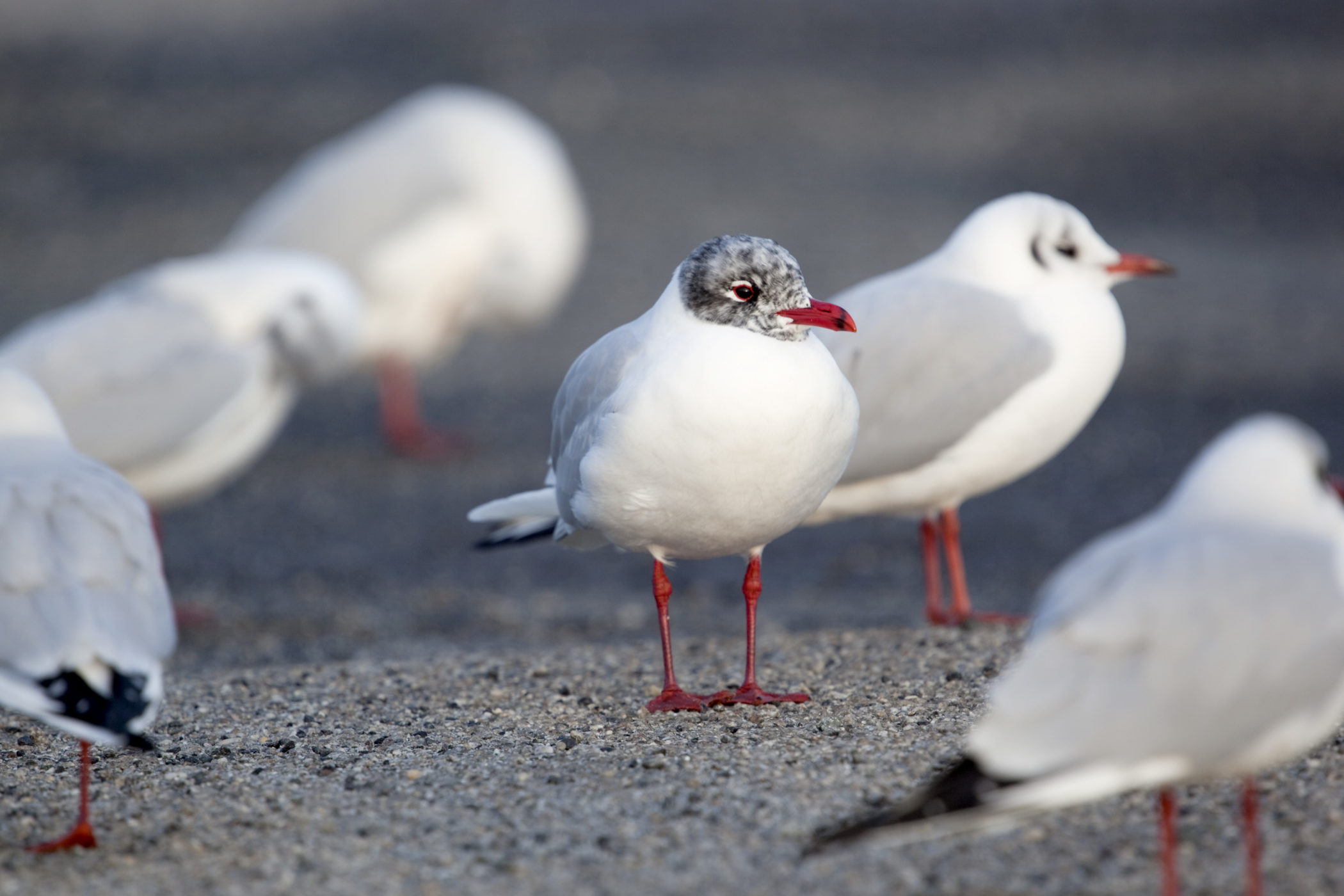
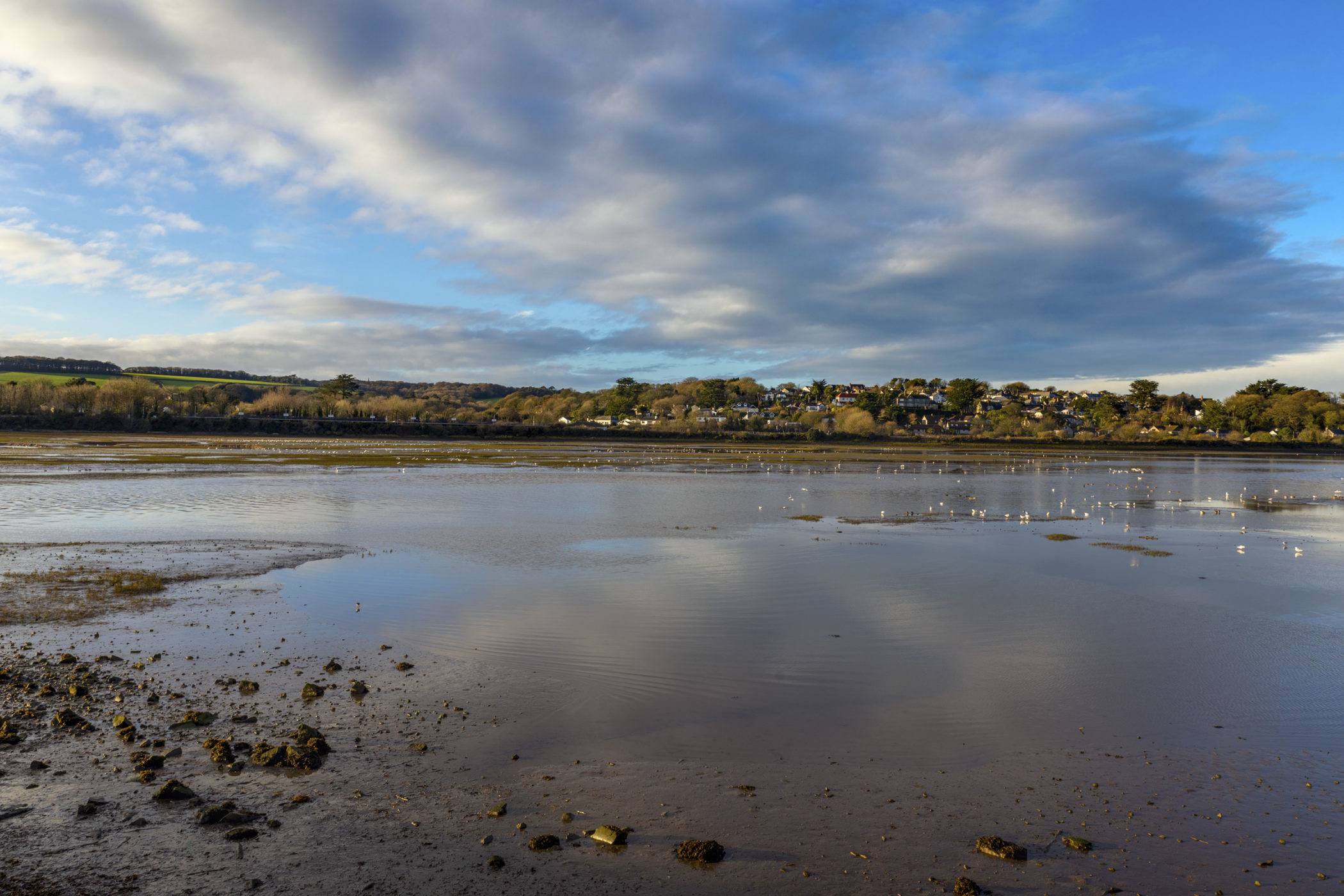
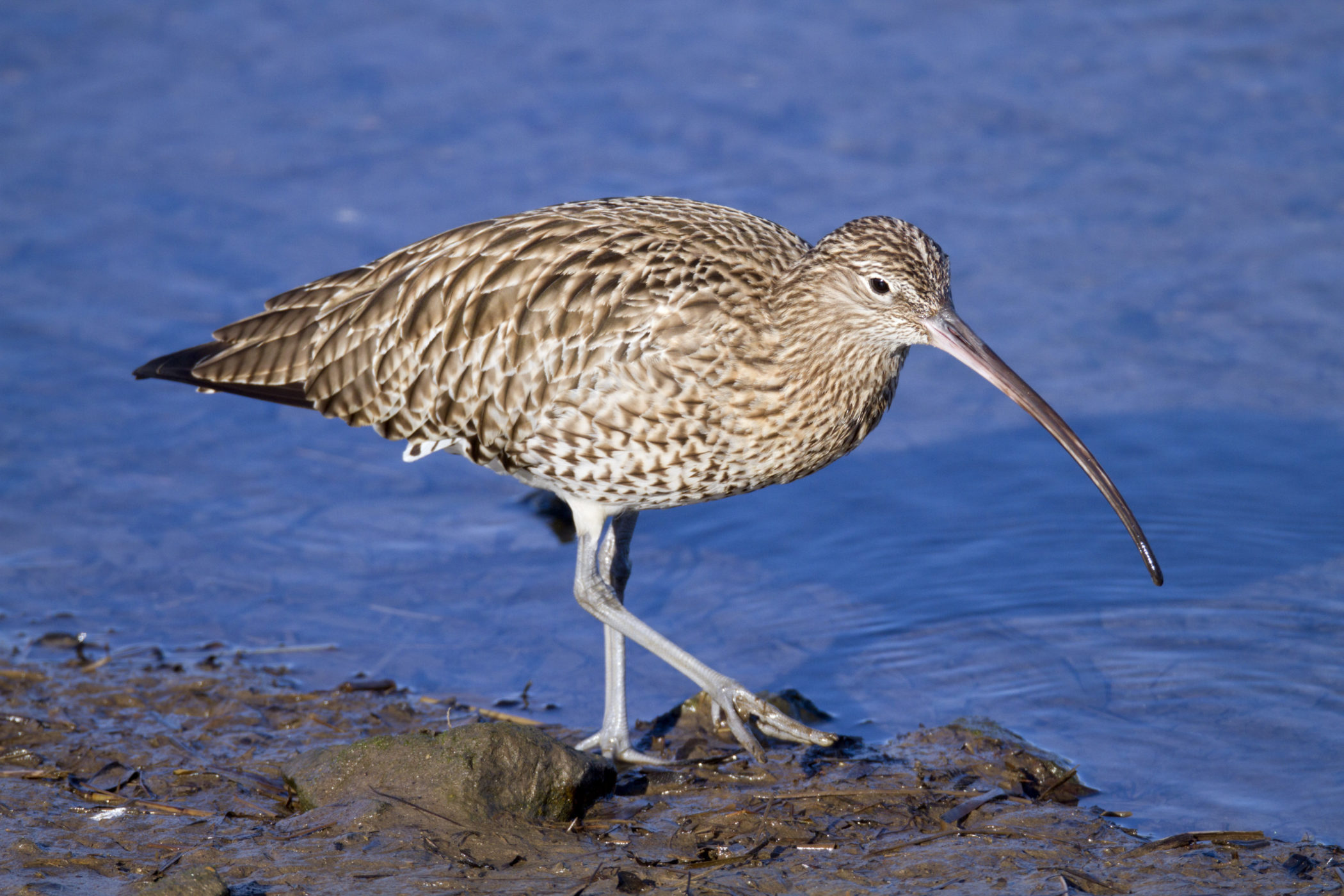
The birds you will see around the different parts of the estuary are quite similar varying more with the seasons than with the exact location. Generally, the number of birds will be at its largest in the winter because there are more wildfowl including thousands of wigeon and hundreds of teal, there may also be large flocks of golden plover and lapwing. Spring and autumn might offer the biggest variety of species with wading birds passing through. In spring, for example, we often see whimbrel whereas in autumn (July through to October) we have rarer species of wading birds such as green sandpiper, curlew sandpiper, little stint and usually a few very rare American vagrants such as pectoral sandpiper and many others. It is also a great place to see Mediterranean gulls in late summer, but there are a lot of gulls on the estuary so be prepared to test your identification skills with a good field guide and a decent pair of binoculars.
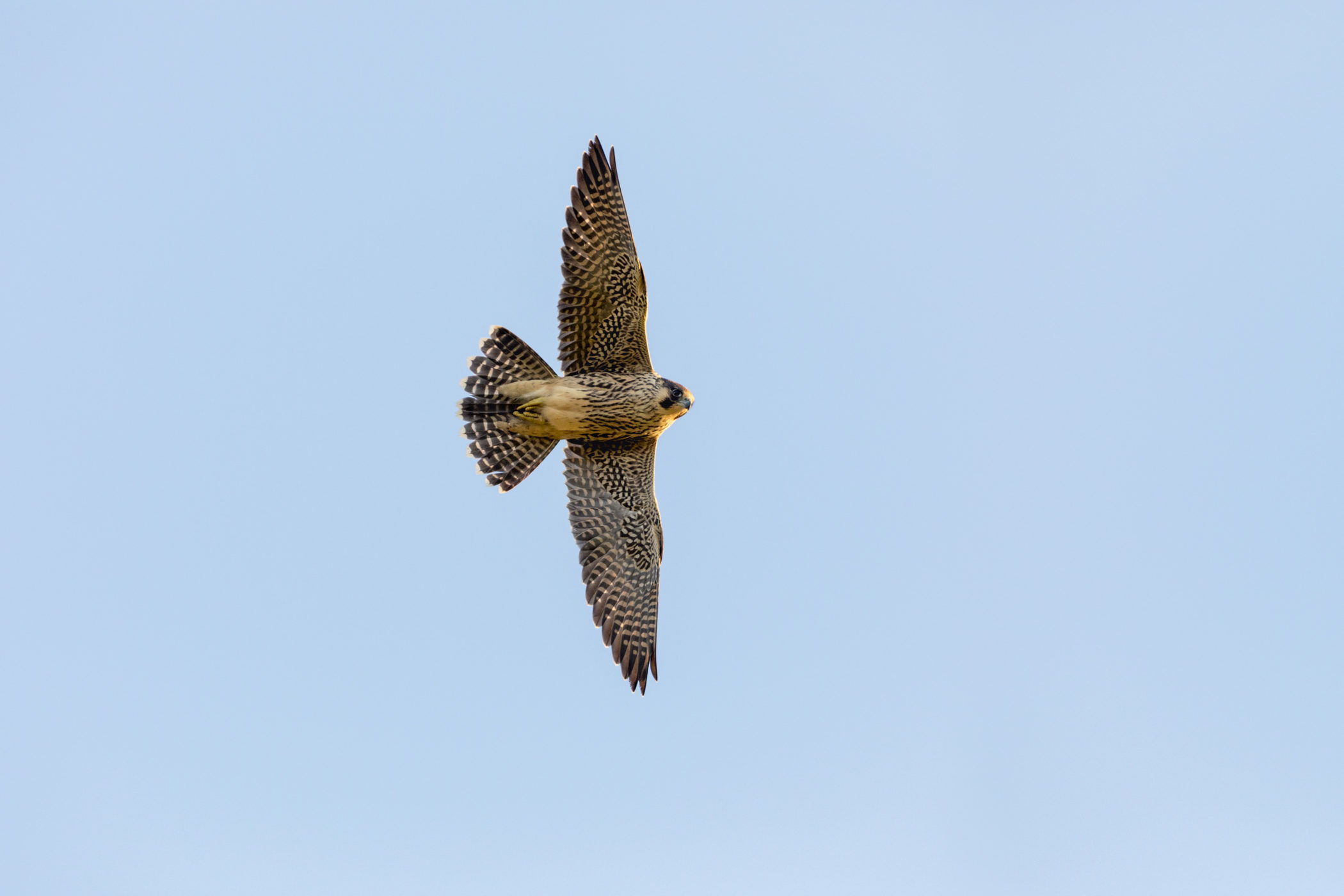
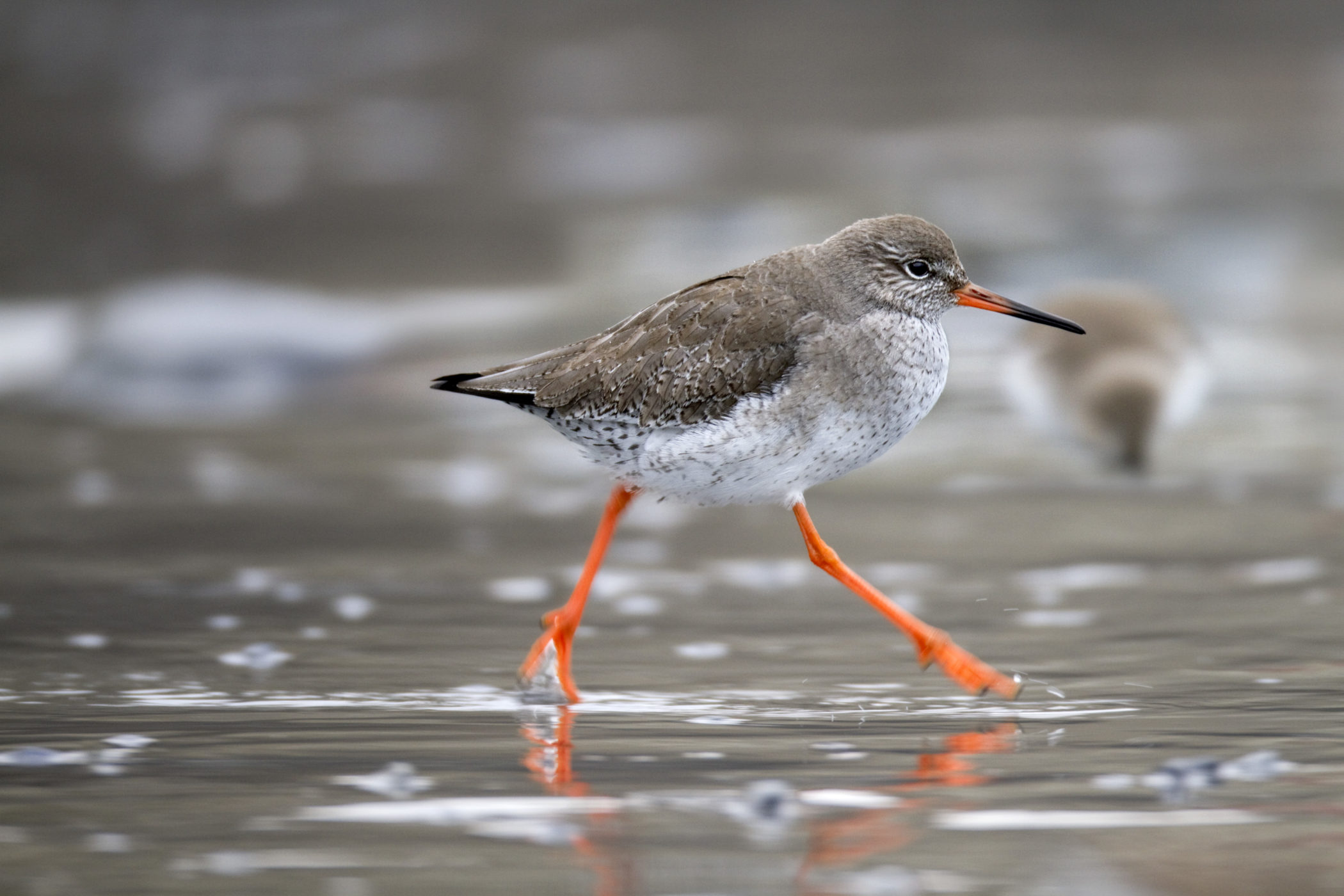
The quietest month is June, because this is when most wading birds and wildfowl are on their breeding grounds in the Arctic, but there is always a good smattering of things to see including a fair selection of non-breeding waders. Always keep an eye on the behaviour of birds. If you see a flock of birds suddenly take to the air in a cacophony of calls look skyward to see what has caused the disturbance. Here it is likely to be a peregrine falcon, maybe a buzzard, sparrowhawk or possibly a kestrel.
Most bird watching on estuaries will be done by sight and binoculars are very important but remember to use your ears. In particular listen for a high-pitched, drawn-out whistle. This is usually the first sign that a kingfisher is around. You might not see the colours of the kingfisher but you should look for a surprisingly small and slightly squat bird flying fast and low over the water.
If you are fortunate enough to see a colourful kingfisher or a hunting peregrine falcon what better memories can there be to take back to your chalet at Three Mile Beach?
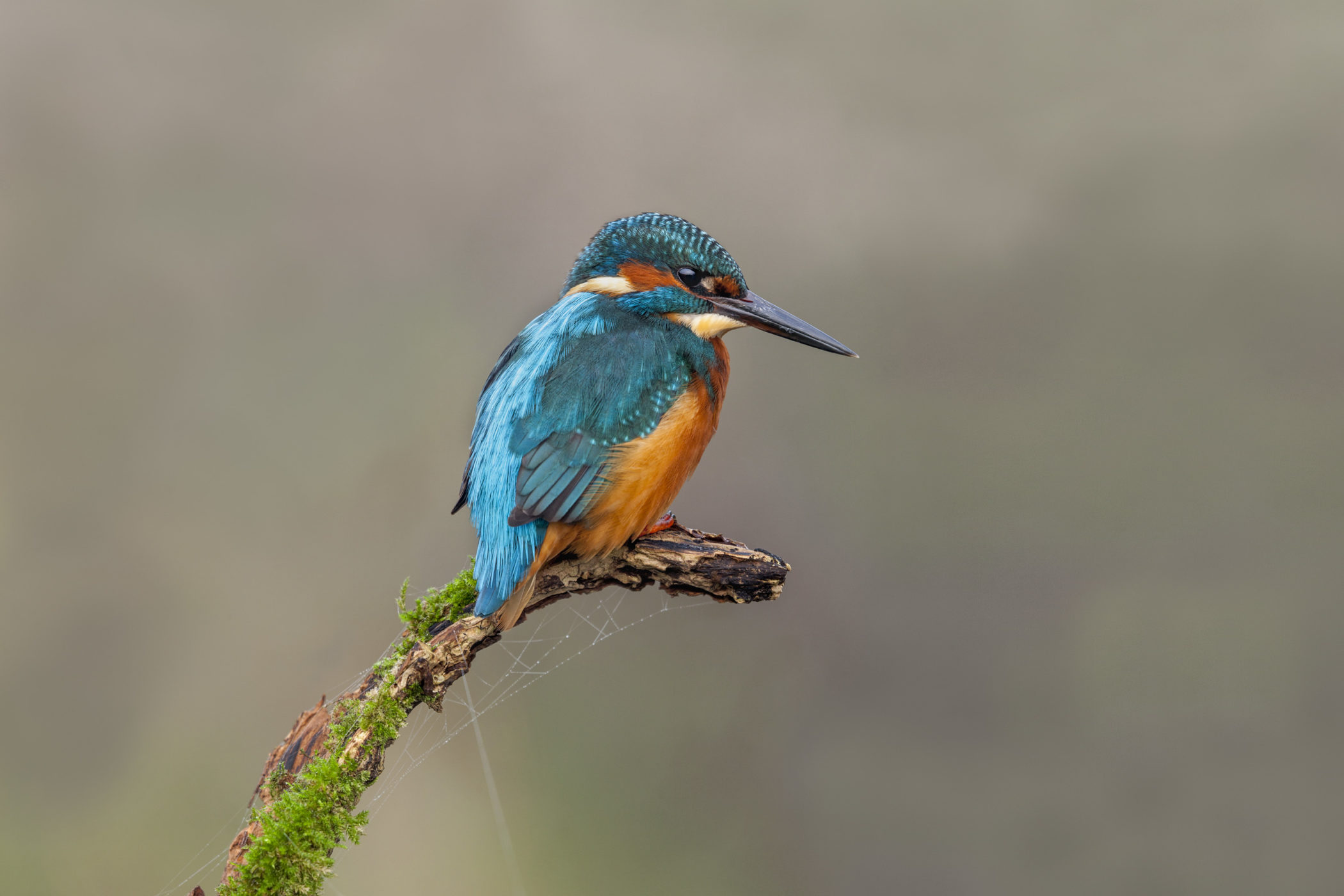
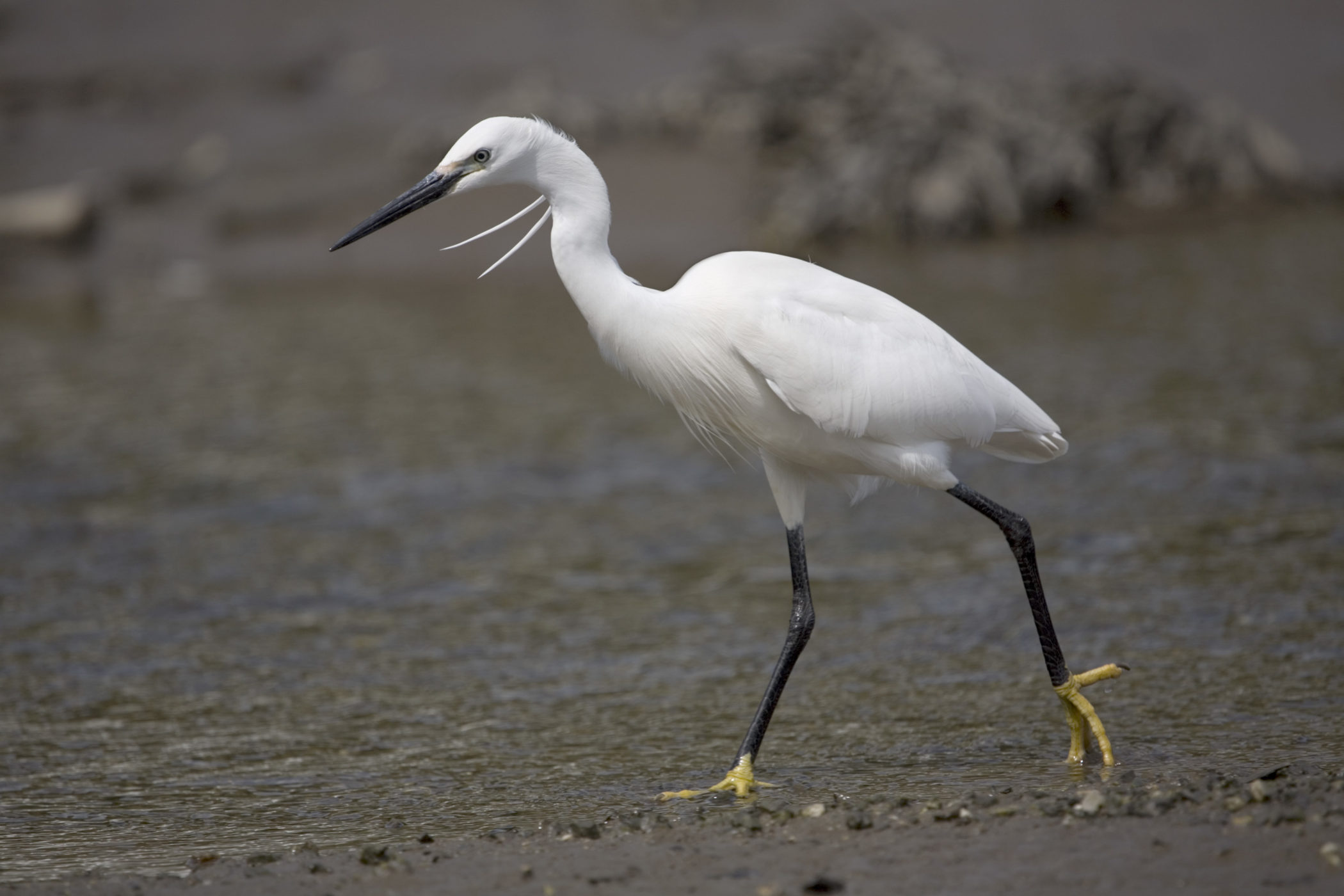
A SUMMARY OF BIRDS TO LOOK FOR
Relatively common wading birds (most numerous from July to April, unless otherwise stated): curlew; oystercatcher; dunlin; redshank; little egret; grey heron; bar-tailed godwit; black-tailed godwit; turnstone; sanderling; grey plover; greenshank; ringed plover; snipe; common sandpiper (spring and autumn); whimbrel (spring); green sandpiper (July and August); golden plover and lapwing (winter).
Less common wading birds: spoonbill (winter); great white egret (autumn and winter); curlew sandpiper and little stint (late summer and autumn).
Water birds: little grebe (on Carnsew Pool); shag; cormorant; Canada goose; great northern diver (Carnsew Pool in winter after storms); red-breasted merganser, goosander, teal and wigeon (winter).
Other highlights include: kingfisher; peregrine; buzzard; sparrowhawk; Mediterranean gull (late summer through to winter).
See more of David’s images on his website.
Discover more about Three Mile Beach
Stay
Explore our luxury 2, 3 and 4 bedroom beach houses.
Lowdown for dogs
Good doggies come on down. Dogs are more than welcome at Three Mile Beach.
Lowdown for families
Three Mile Beach is a safe, running-around, playing, swimming, and exploring heaven.
Three Mile Beach interior design
Founder and chief stylist Jo shares her inspiration for the details that make our beach houses like no other beach houses.
Gwithian Towans Beach
Our absolute fav beaches that are right on your doorstep here at Three Mile Beach.